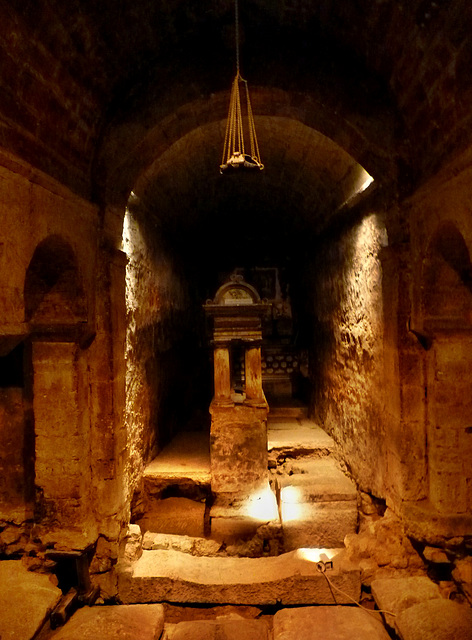Bordeaux - Saint-Seurin
Bordeaux - Saint-Seurin
Bordeaux - Sainte-Croix
Bordeaux - Sainte-Croix
Bordeaux - Sainte-Croix
Bordeaux - Sainte-Croix
Bordeaux - Sainte-Croix
Bordeaux - Sainte-Croix
Bordeaux - Sainte-Croix
Bordeaux - Sainte-Croix
Bordeaux - Sainte-Croix
Bordeaux - Sainte-Croix
Bordeaux - Sainte-Croix
Bordeaux - Sainte-Croix
Bordeaux - Sainte-Croix
Leaving Morlaàs
Pau - Hippodrome
Lescar - Notre-Dame
Artiguelouve
Lacommande
Oloron-Sainte-Marie
Oloron-Sainte-Marie - Sainte-Marie
Oloron-Sainte-Marie - Launderette
Bordeaux - Saint-Seurin
Bordeaux - Saint-Seurin
Bordeaux - Saint-Seurin
Tauriac - Saint-Etienne
Saint-Georges-des-Agoûts - Saint-Georges
Saint-Georges-des-Agoûts - Saint-Georges
Saint-Georges-des-Agoûts - Saint-Georges
Saint-Georges-des-Agoûts - Bug
Lorignac - Saint-Pierre
Lorignac - Saint-Pierre
Lorignac - Saint-Pierre
Lorignac - Saint-Pierre
Saint-Fort-sur-Gironde - Saint-Fortunat
Saint-Fort-sur-Gironde - Saint-Fortunat
Saint-Fort-sur-Gironde - Saint-Fortunat
Saint-Fort-sur-Gironde - Saint-Fortunat
Saint-Fort-sur-Gironde - Saint-Fortunat
Saint-Fort-sur-Gironde - Saint-Fortunat
Saint-Fort-sur-Gironde - Saint-Fortunat
Saint-Fort-sur-Gironde - Saint-Fortunat
Lusignan - Notre-Dame et Saint-Junien
Lusignan - Notre-Dame et Saint-Junien
Location
Lat, Lng:
You can copy the above to your favourite mapping app.
Address: unknown
You can copy the above to your favourite mapping app.
Address: unknown
See also...
Keywords
Authorizations, license
-
Visible by: Everyone -
All rights reserved
-
207 visits
Bordeaux - Saint-Seurin


Saint-Seurin was originally built outside the city walls close to an ancient necropolis. The Abbey of St. Seurin bears the name of the venerated fourth bishop of Bordeaux. A first building, confirmed towards mid 5th century, got destroyed during the 8th century Norman invasions. It was reconstructed above the crypt of St. Seurin from the 11th to 13th centuries.
The crypt is part of a paleochristian necropolis and so parts if it may date back to the 4th century. Tradition tells, hat the necropolis had been consecrated by Christ and seven bishop saints. As the horn olifant was shown here, it is no surprise, that some of the brave soldiers who died with Roland at Roncevaux had been buried there.
Unfortunately I was late and the guard only gave me 5 minutes time down in the crypt, before he locked the gates.
The crypt is part of a paleochristian necropolis and so parts if it may date back to the 4th century. Tradition tells, hat the necropolis had been consecrated by Christ and seven bishop saints. As the horn olifant was shown here, it is no surprise, that some of the brave soldiers who died with Roland at Roncevaux had been buried there.
Unfortunately I was late and the guard only gave me 5 minutes time down in the crypt, before he locked the gates.
(deleted account) has particularly liked this photo
- Keyboard shortcuts:
Jump to top
RSS feed- Latest comments - Subscribe to the comment feeds of this photo
- ipernity © 2007-2025
- Help & Contact
|
Club news
|
About ipernity
|
History |
ipernity Club & Prices |
Guide of good conduct
Donate | Group guidelines | Privacy policy | Terms of use | Statutes | In memoria -
Facebook
Twitter

Sign-in to write a comment.